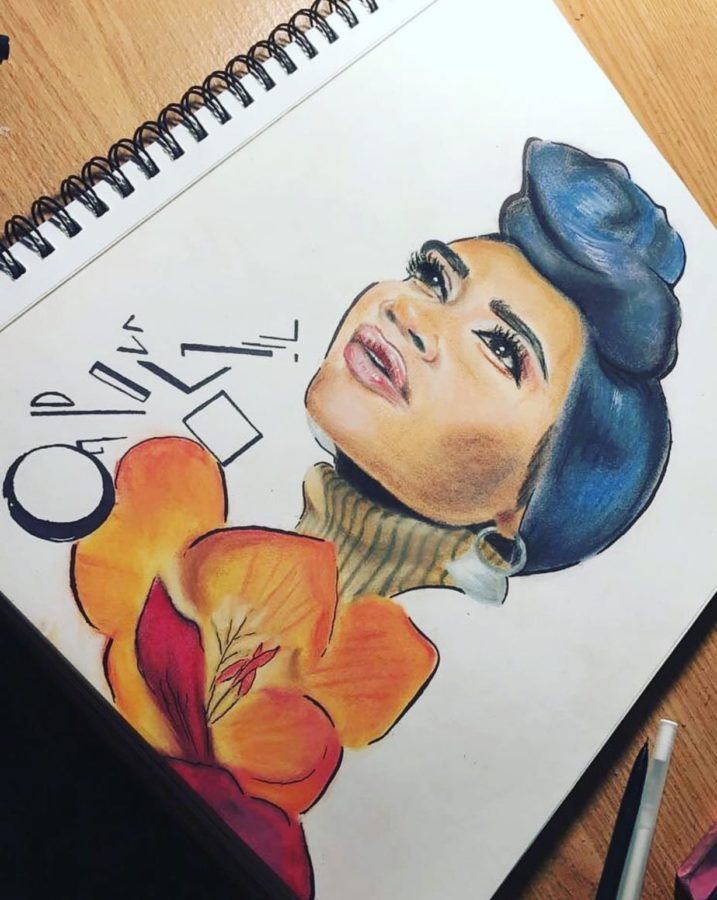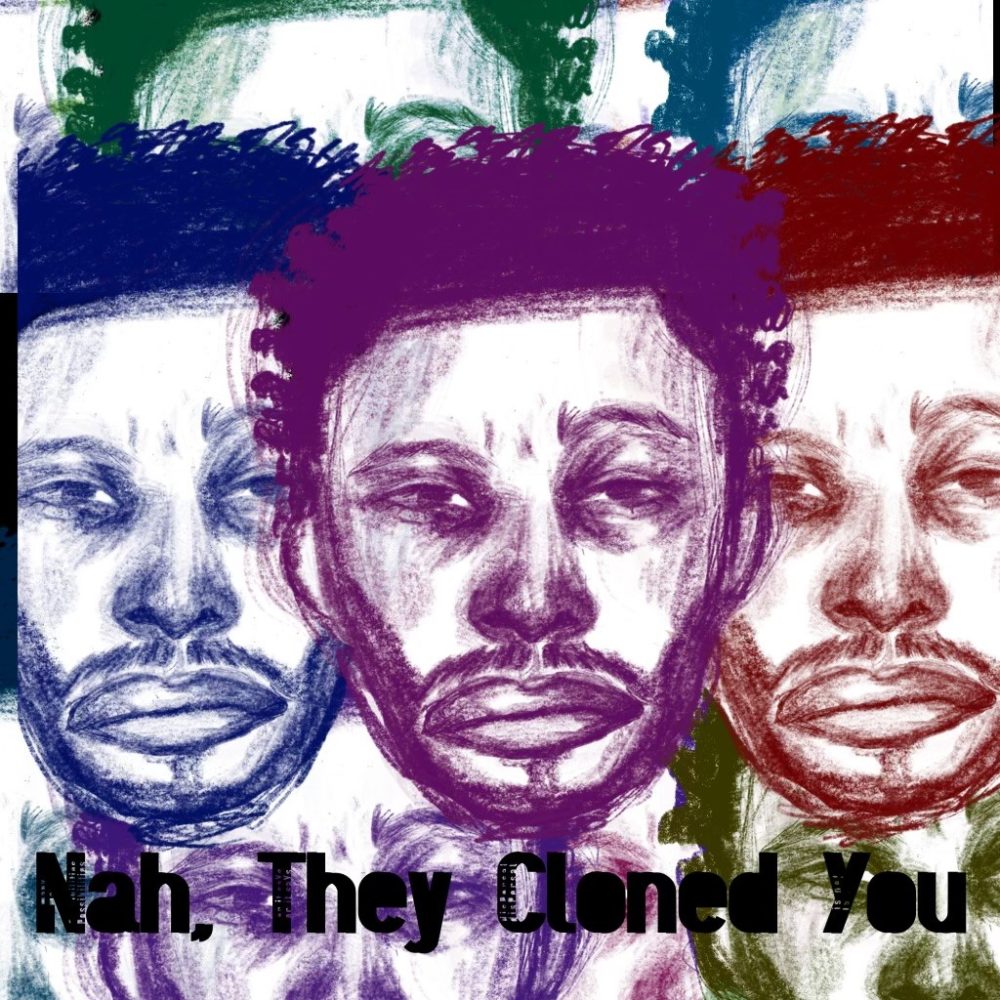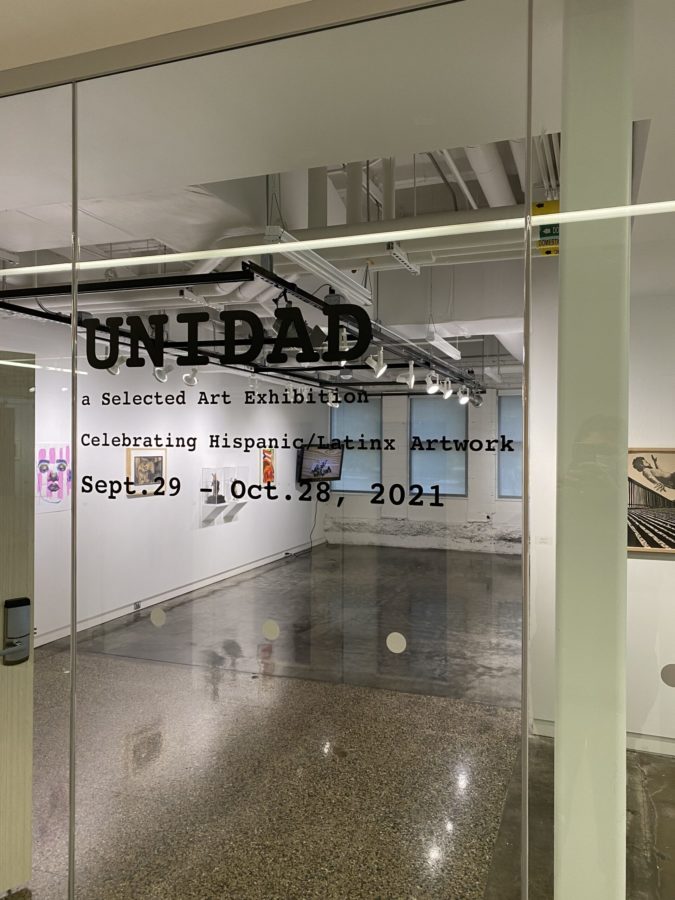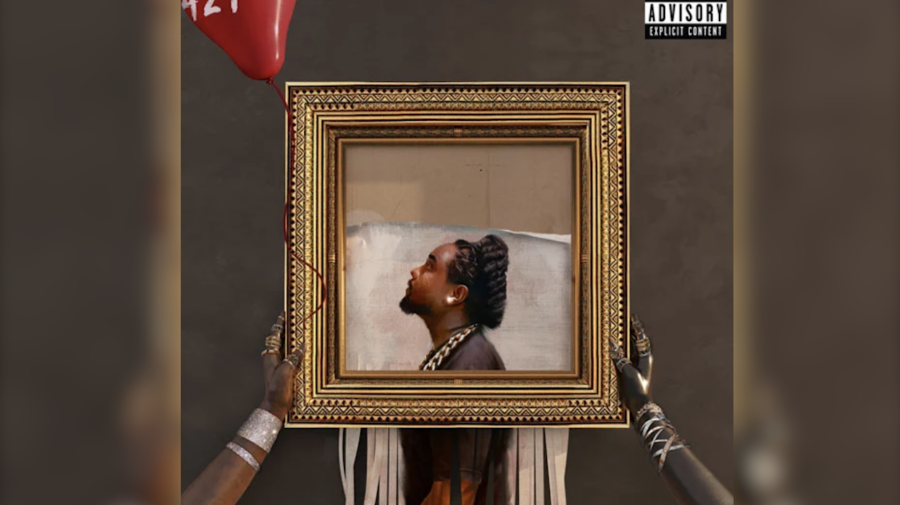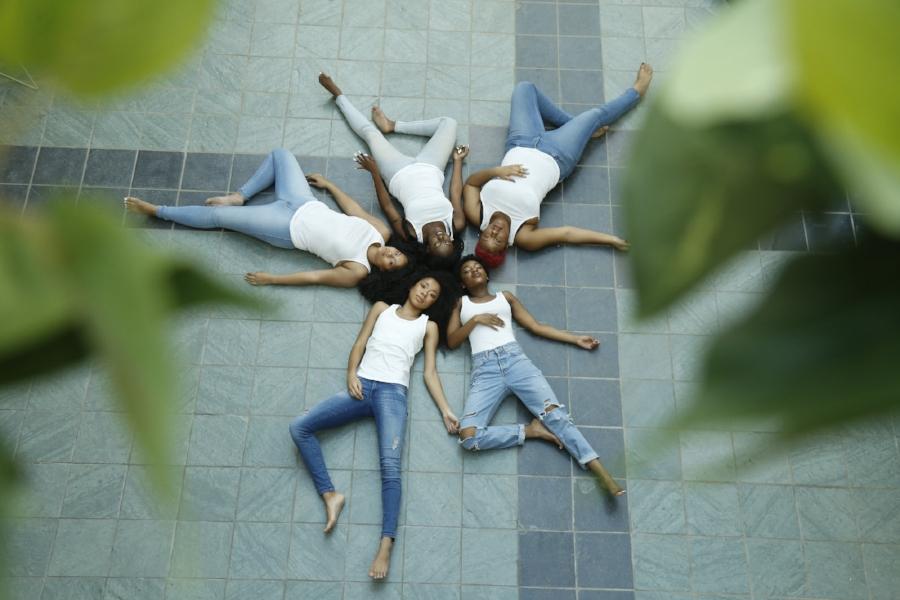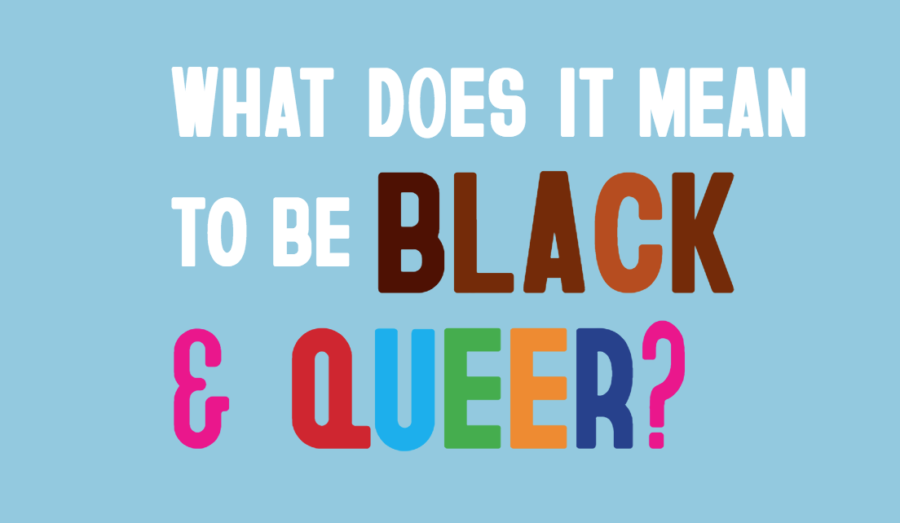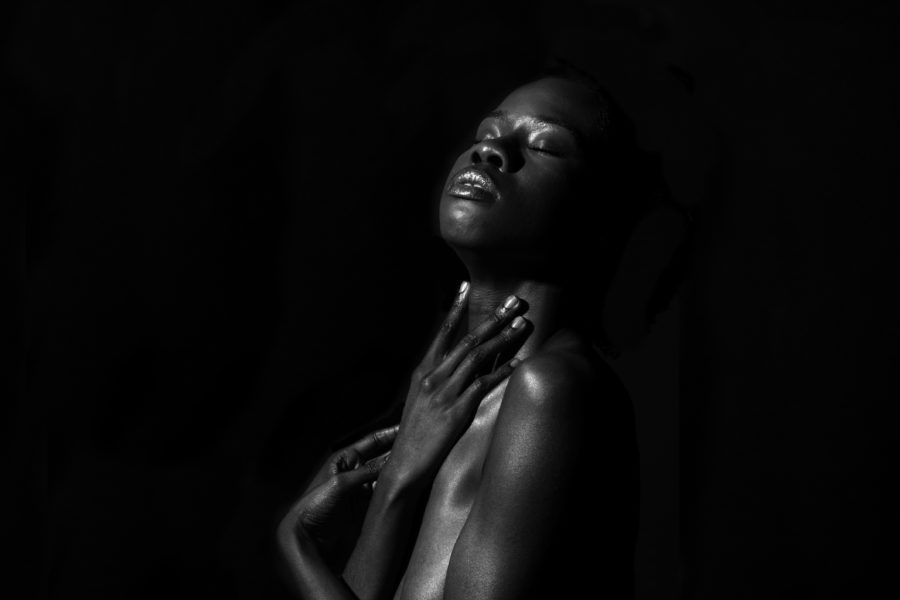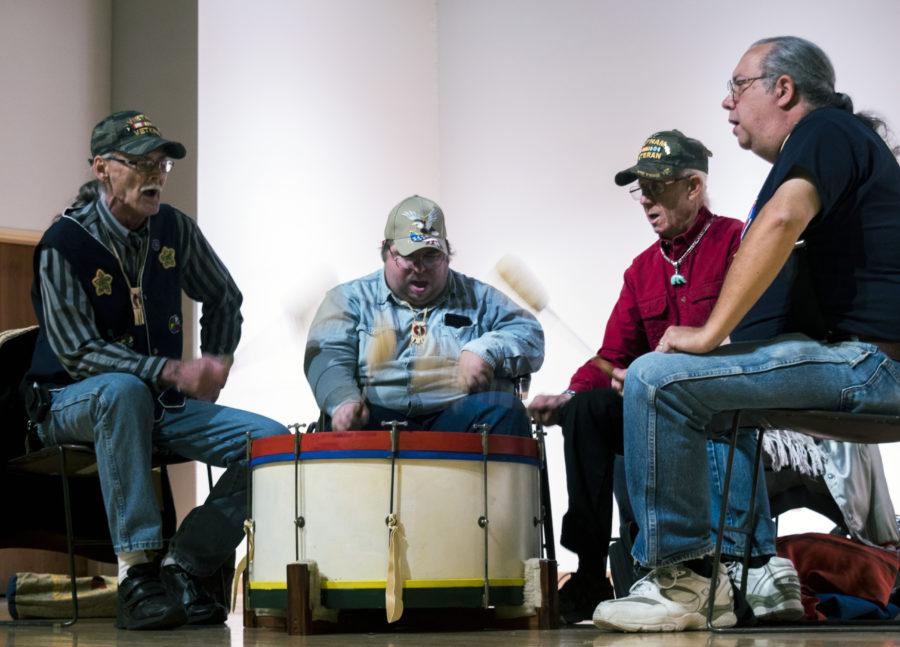On the cover: a pastel sketch of musician, Yuna, by Tai Gomez.
You know that moment, that sudden “ah-ha” moment when you figure out what you’re meant to do in life, like a hobby that you loved as a child? At some point, you came to find that it was more than just a hobby; that’s what art has been for me since I was young. However, looking back now, I would’ve never imagined that my aspiration as a five-year-old would’ve followed me through life 17 years later. Then again, I would’ve never imagined what my life as a black, female, fine arts minor would be like either, until now.
I hope I’m not the only one who does this, but sometimes I unintentionally count the people of color that I see in class on the first day. I’ve never done this before, especially coming from a remarkably diverse high school, but it just tends to happen. It became even more of a habit after I added my minor during my sophomore year at Kent State. Drawing 1 was my first minor course and as we were sitting in the studio waiting for the professor, I couldn’t help but think, “wow, I’m one of two black people in this entire class.” I also thought that because there was a great lack in diversity, I had to prove my talent even more. These thoughts became a very predictable kick off to every syllabus week that followed.
I was “the black girl” in quite a few studio classes after Drawing 1, but I never wanted to admit to myself that I was truly uncomfortable. The atmosphere felt uninviting and as if my existence in the class made me more inclined to be looked at as an “amateur” just because I didn’t look like every other person. I began feeling like my skin color made me seem like less of an artist in the eyes of the majority. Junior year, my painting class consisted of 19 Caucasian females and then there was me, just one person of color. Initially, I was going to drop the class, until my friend Joanne Wright, who I met that same year, convinced me otherwise; to this day, we continue to grow closer as friends. I had the opportunity of discussing her personal experiences as an art student with her and asked if she feels the School of Art represents diversity well. Joanne, who is of Caucasian descent, is currently a senior who is majoring in Art Education. She is extremely passionate about her program and has truly portrayed that throughout her art and student teaching experiences.
When I asked her how she felt about the representation of cultural diversity throughout the School of Art, her response included two profound speculations. She first concluded that in the Late Modern Art History classes, “you definitely start to get into more of the cultural backgrounds of everything with all the different influences from different cultures.” Joanne went on to explain that “in other Art History classes, you just learn about the dead, white, European men instead of anyone else.”
The figure drawing class I took the spring semester of my senior year was an even worse experience than my painting class. This particular class was filled with extreme talent and even though I knew I was good, I felt like the odd-one-out because I was brown. My mind began to constantly tell me that I wasn’t just “the black girl,” I was “the black girl with no skills.” Critiques were stomach churning because comments were made on other people’s work, but my work was solely looked at with what felt like hours of pure silence. It was as if I’d gone deaf for five minutes, except there were no mouths moving to extract reassurance. With assignment critiques, every student pins his or her work on the wall and everyone is required to participate in the verbal analysis. Every critique went the same way as the last; every one of my classmates received helpful suggestions and appraisals. However, when my turn came, it was like my work suddenly was imperceptible.
The endless studio time turned into sleepless nights and sleepless nights turned into countless meltdowns coming up with “five reasons why I’m in-over my head.”
There were three major times that quitting seemed like a good option, but then, the only person who would know my potential would be the one in the mirror.
I needed to keep going with what I had started; quitting this far into my journey wouldn’t make me feel any better. I would actually feel like an amateur and prove that maybe I really wasn’t ready to be more than just a “good artist.”
What if I’d gone to an HBCU, a historically black college? Would I rather be comfortable or stick with the challenge? Now that I’m taking my last two studio classes to complete my minor, I feel a little more at ease. Maybe I’m used to being that different face, or maybe it’s because my Printmaking class has two other black girls in it, who knows? One of those girls is Gabrielle Cooper, a senior with a major in Human Development and Family Studies (with a concentration in Child and Youth) as well as a minor in Fine Art.
I began by asking her how it felt being a black female in the School of Art and she explained that “it’s difficult because in the art field and going to this school, in most of my art classes, I’m the only black person and I’m the only black female.” Gabrielle goes on to explain how the circumstances make her feel “alienated” and that she personally “likes to draw black people.” She says insightfully, “sometimes they [white students] can be taken back by my black pride and how I draw people with bigger lips and bigger features. So, it can be discouraging but I just will always remember, you know, that’s what I love to draw so I’m going to draw it.”
I found it interesting and eye-opening that like Joanne, Gabrielle also said that Art History only teaches students about “dead, white men.” She elaborates, “to not see examples of artwork by people of color is really discouraging and saddening.” Both young women had different personal experiences with their own education in the art field, however, their explanations on the lack of diverse teachings in Art History classes were very similar. Being a female artist definitely has hardships while being a person of color, in addition to that, bears many more. In accordance with an article by Truth-Out, (a non-profit, editorial organization) two museums in New York, The Museum of Modern Art (MOMA) and The Guggenheim, held works of art where less than 27 percent of artists were female. On the other hand, women of color represented two percent of MOMA’s collection and five percent of Guggenheim’s (Bader, 2012).
Regardless, I feel like the bridge has been crossed and I’ve realized that the journey doesn’t stop here. There may be worse moments than the ones I’ve been able to grin and bear. I just need to focus on what makes my talent strong and that my worth is more than just my color.
That’s why I began letting my “Black Girl Magic” shine through my art and letting my hands speak instead of my anxious mind. Being a woman of color in the field of visual art is nothing to be ashamed of, it is a powerful characteristic of a person who was born to be different and to stand out.
Talent and beauty is truly in the eye of the beholder, but you must first believe in yourself whole-heartedly before anyone else will.

